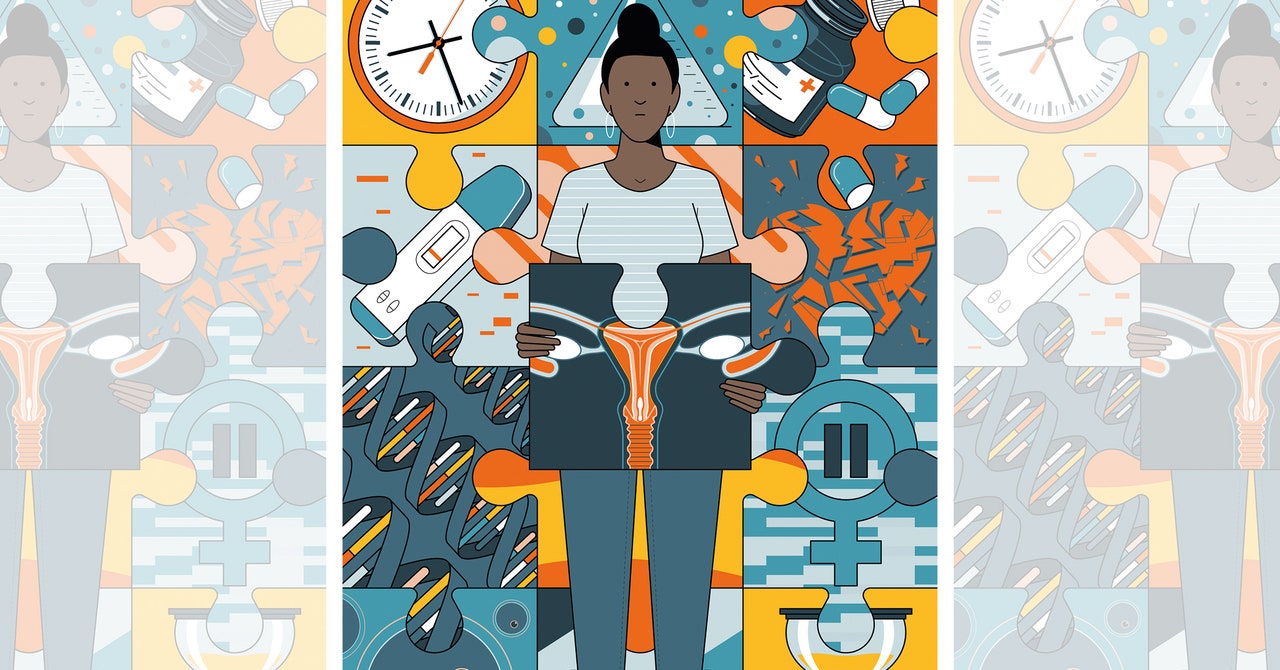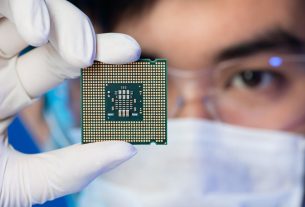Women’s ovaries age prematurely, at more than twice the rate of other organs. Why that is remains a mystery to scientists, making it one of the most important unanswered questions in the field of reproductive health.
What we do know is that reproductive aging dramatically impacts women’s health. For instance, as more women1 delay childbearing, it can lead to infertility, miscarriages, and birth defects. Ovaries also produce hormones such as estrogen, progesterone, and testosterone, all of which are essential for overall health. Hormonal levels fluctuate erratically during perimenopause. During menopause, they collapse to approximately zero. These hormonal shifts cause a spike in the risk of developing diseases like dementia, metabolic disorders, and depression. Half of postmenopausal women develop osteoporosis, more than double the rate of men; menopause quadruples the risk for a cardiovascular event. Put bluntly, menopause makes a woman’s body age faster: indirectly by interfering with sleep cycles, and directly by speeding up cellular aging directly by at least 6 percent.
The consequences of reproductive aging are profound, yet we don’t understand the most basic things about it—what sets it in motion, why it varies so much between individuals, or why it happens so early. Persistent societal taboos, systemic sex bias in biomedical research, and massive underfunding for research have limited progress in addressing these problems. In 2023, however, multiple forces in society will finally converge to expand funding for female-focused research and leverage scientific breakthroughs to extend reproductive longevity.
In a quest to solve the puzzle of ovarian aging, over the past few years at the nonprofit Global Consortium for Reproductive Longevity and Equality (GCRLE) we’ve engaged an army of scientists to innovate and build a sustainable, impactful research field around women’s health. These efforts will foster new collaborations and dialog between industry and academic scientists that go beyond traditional models to accelerate discovery toward new products, diagnostics, and therapies for women.
This year we’ve seen major scientific breakthroughs, including the first-ever comprehensive aging ovary data set from humans, discovery of a new pathway that regulates ovarian function, and data showing that the ovarian microenvironment has a profound impact on egg aging. In 2023, this scientific progress will continue apace, with the potential discovery of novel biomarkers and therapeutic targets for diagnosing and treating female infertility and menopause.
Women’s health is often treated as a niche subcategory of medicine, garnering barely 1 percent of research funding and biopharma investment while impacting over half the global population. Neglecting women in research has long disadvantaged them. One glaring consequence, for instance, is that over 80 percent of drugs that have been pulled from the market due to safety concerns were because of adverse effects in women. Recently, we’ve also learned that men are more likely to experience severe symptoms and die from SARS-CoV-2 than women. The discrepancy in outcomes between men and women infected with SARS-CoV-2 highlighted the steep cost of ignoring females in biomedical research. In 2023, efforts to understand this biological variability will accelerate, with the development of more diagnostics and treatments optimized for the two sexes.



